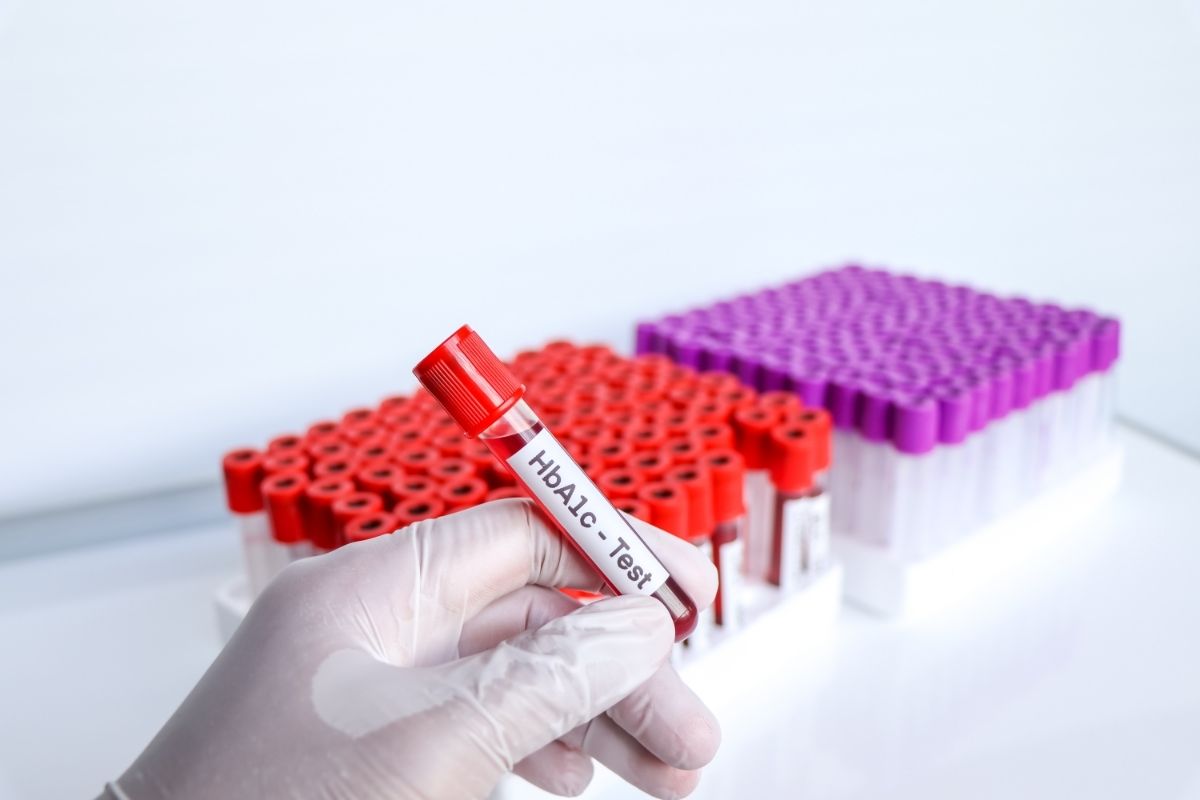Authors: Sofia Sterner Isaksson, Henrik Imberg, Irl B Hirsch, Erik Schwarcz, Jarl Hellman, Magnus Wijkman, Jan Bolinder, Thomas Nyström, Helene Holmer, Sara Hallström, Arndís F Ólafsdóttir, Sofia Pekkari, William Polonsky, Marcus Lind
ABSTRACT
AIMS/HYPOTHESIS: Previous studies have shown that individuals with similar mean glucose levels (MG) or percentage of time in range (TIR) may have different HbA1c values. The aim of this study was to further elucidate how MG and TIR are associated with HbA1c.
METHODS: Data from the randomised clinical GOLD trial (n=144) and the follow-up SILVER trial (n=98) of adults with type 1 diabetes followed for 2.5 years were analysed. A total of 596 paired HbA1c/continuous glucose monitoring measurements were included. Linear mixed-effects models were used to account for intra-individual correlations in repeated-measures data.
RESULTS: In the GOLD trial, the mean age of the participants (± SD) was 44±13 years, 63 (44%) were female, and the mean HbA1c (± SD) was 72±9.8 mmol/mol (8.7±0.9%). When correlating MG with HbA1c, MG explained 63% of the variation in HbA1c (r=0.79, p<0.001). The variation in HbA1c explained by MG increased to 88% (r=0.94, p value for improvement of fit <0.001) when accounting for person-to-person variation in the MG-HbA1c relationship. Time below range (TBR; <3.9 mmol/l), time above range (TAR) level 2 (>13.9 mmol/l) and glycaemic variability had little or no effect on the association. For a given MG and TIR, the HbA1c of 10% of individuals deviated by >8 mmol/mol (0.8%) from their estimated HbA1c based on the overall association between MG and TIR with HbA1c. TBR and TAR level 2 significantly influenced the association between TIR and HbA1c. At a given TIR, each 1% increase in TBR was related to a 0.6 mmol/mol lower HbA1c (95% CI 0.4, 0.9; p<0.001), and each 2% increase in TAR level 2 was related to a 0.4 mmol/mol higher HbA1c (95% CI 0.1, 0.6; p=0.003). However, neither TIR, TBR nor TAR level 2 were significantly associated with HbA1c when accounting for MG.
CONCLUSIONS:
Inter-individual variations exist between MG and HbA1c, as well as between TIR and HbA1c, with clinically important deviations in relatively large groups of individuals with type 1 diabetes. These results may provide important information to both healthcare providers and individuals with diabetes in terms of prognosis and when making diabetes management decisions.
